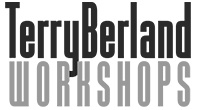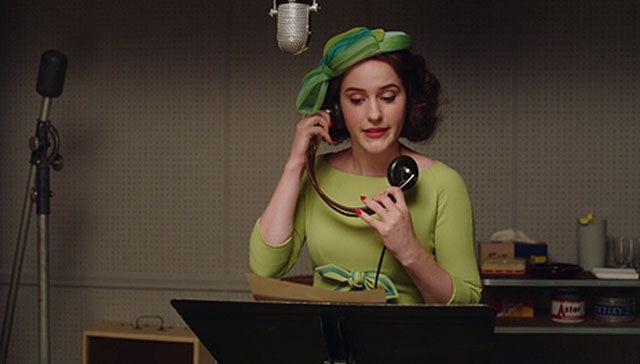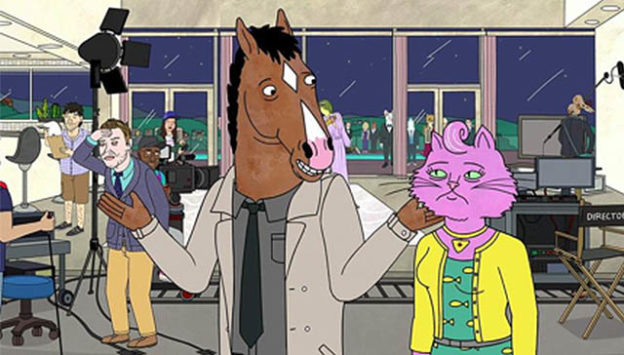Written by Terry Berland @berlandcasting for Backstage Industry Expert Advice.
Photo Source: Photo by Austin Neill on Unsplash
Gone are the days of voice-over being an exclusive club. And while opportunities abound, it seems like many actors who want to get into VO don’t know the first thing about the medium.
When an actor approaches me about wanting to do VO, they say, “I want to make a voice-over demo.” What they don’t realize is that before a demo can be made, they must learn proper technique and how to audition. And if you can’t take direction at a casting or booking session, a demo is a quick path to an unproductive end result.
To get you started, here are some of the buzzwords you’ll need to be familiar with and how to approach them successfully.
Do you want to put on the cans? “The cans” are the headphones. You should have experience recording with headphones before you get into an audition or booking session. Some people prefer headphones because they block out everything else, allowing the voice actor to concentrate on the sound of their voice. Others don’t like their voice fed into their ears because it keeps them “in their head,” something they find distracting. It’s a personal preference, but you should have one.
Tighten up your read. In general, this means making the spot go faster without your words sounding rushed. This can be achieved by tightening up pauses. There are two ways you can do this. One way is by taking less time at the end of each sentence and the other is to eliminate some commas/pauses you’ve added to your read.
Sound brighter. One way to sound brighter is to subtly go up (higher) on the last word of the sentence. Or, give your read more animated peaks.
Make your read more intimate. Work closer to the mic as if you’re talking intimately into someone’s ear.
Sound less “selly”. Change your delivery to a more one-on-one read. Instead of trying to convince someone of something, come from the attitude of sharing personal information. In other words, reveal, don’t sell.
Read fast, but not legal. A legal read is very, very, very fast with each word pronounced articulately. It’s hard to do and few people can do it well.
Do a pickup. Re-do only the section you messed up on. When you start to re-record the section, say “pickup” and continue from there so the editor can seamlessly edit them together.
I learned a long time ago not to over-direct at a casting audition. There was no point in explaining what exactly I was looking for and having the talent do it over and over until they got it right by my standards. Plus, it crosses the line from directing to teaching. Sure, the talent booked the spot but then they got to the recording session and didn’t know how to take direction because I had coached them in the audition. It resulted in upset clients, dropped talent, and a loss of business. You can study voice-over technique from me at Terry Berland Workshops, terryberlandworkshops.com, or anyone else to be in top notch form for your auditions, and pick up the lingo.
When you audition for me or any good session director, you’re given the direction necessary to adjust your read so it fits the needs of the spot. The terms and phrases mentioned here are typical and if you can’t execute each and every one of them, you’re not ready to go into a final recording session.
If you want to sharpen up on your voice-over technique, follow this link to Terry Berland’s Voice-Over workshops.









